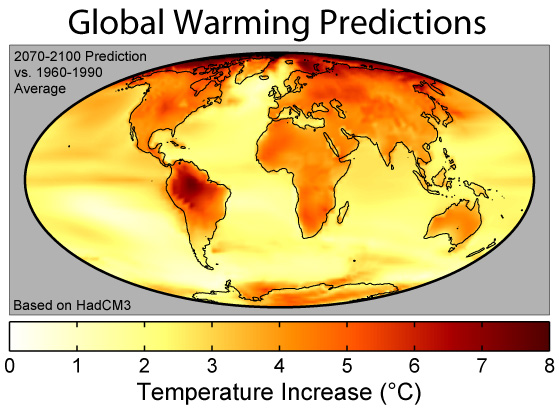The concept of the “living building” has now emerged as a new ideal for design and construction. The Cascadia Region Green Building Council (CRGBC)—the Pacific Northwest chapter of the USGBC—defines a living building as a structure that “generates all of its own energy with renewable non-toxic resources, captures and treats all of its water, and operates efficiently and for maximum beauty.” The group has been pushing for adoption of the concept by construction industries here at home, and also helped to launch the International Living Building Institute to promote the concept internationally.
In essence, the call to architects and builders has been answered by over 60 projects that are currently in the "wait and see" phase. Seasonal variations in daylight, temperature and rainfall were the impetus for the one year requirement, which may ultimately help gauge against long-term climate change. What's also interesting are some of the unique challenges created by the comprehensive approach to both planet and people. As stated by Global Warming is Real:
Another challenge is finding materials that meet LBC standards, since many common building materials—such as PVC piping for wastewater transport—off-gas chemicals and have other hazardous attributes... remains confident that costs will come down as green materials, technologies and methods become more commonplace within the general building industry.
And this is where we stand today. We know what needs to be done, but we are confronting logistical challenges from systems and technologies that are based upon artificially cheap energy and materials as well as a long-standing ignorance toward personal health and environmental well-being. We are still a long way from critical mass, where the general populace demands meaningful progress with building technologies. Green sounds good enough, but as Global Warming is Real reminds us:
Over the past couple of decades, architects and builders looking to green their projects turned to the addition of various piecemeal elements to save water here or cut down on electricity there. Those who added more than a few green touches could apply for and get certified by the United States Green Building Council (USGBC) under its Leadership in Energy and Efficient Design (LEED) program. While these efforts have been laudable—essentially launching the green building industry as we know it today—they represent merely the infancy of what green building might someday become.










